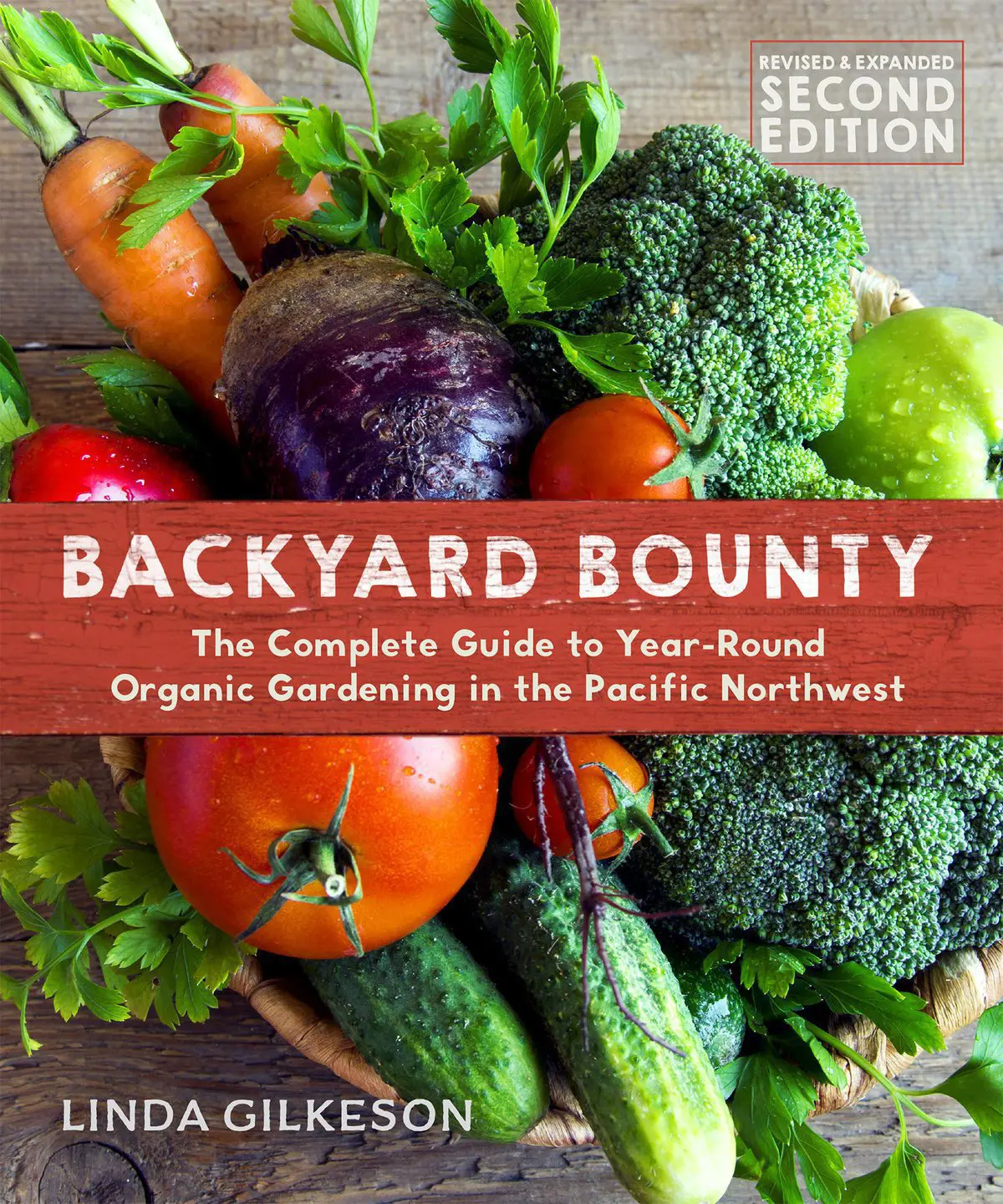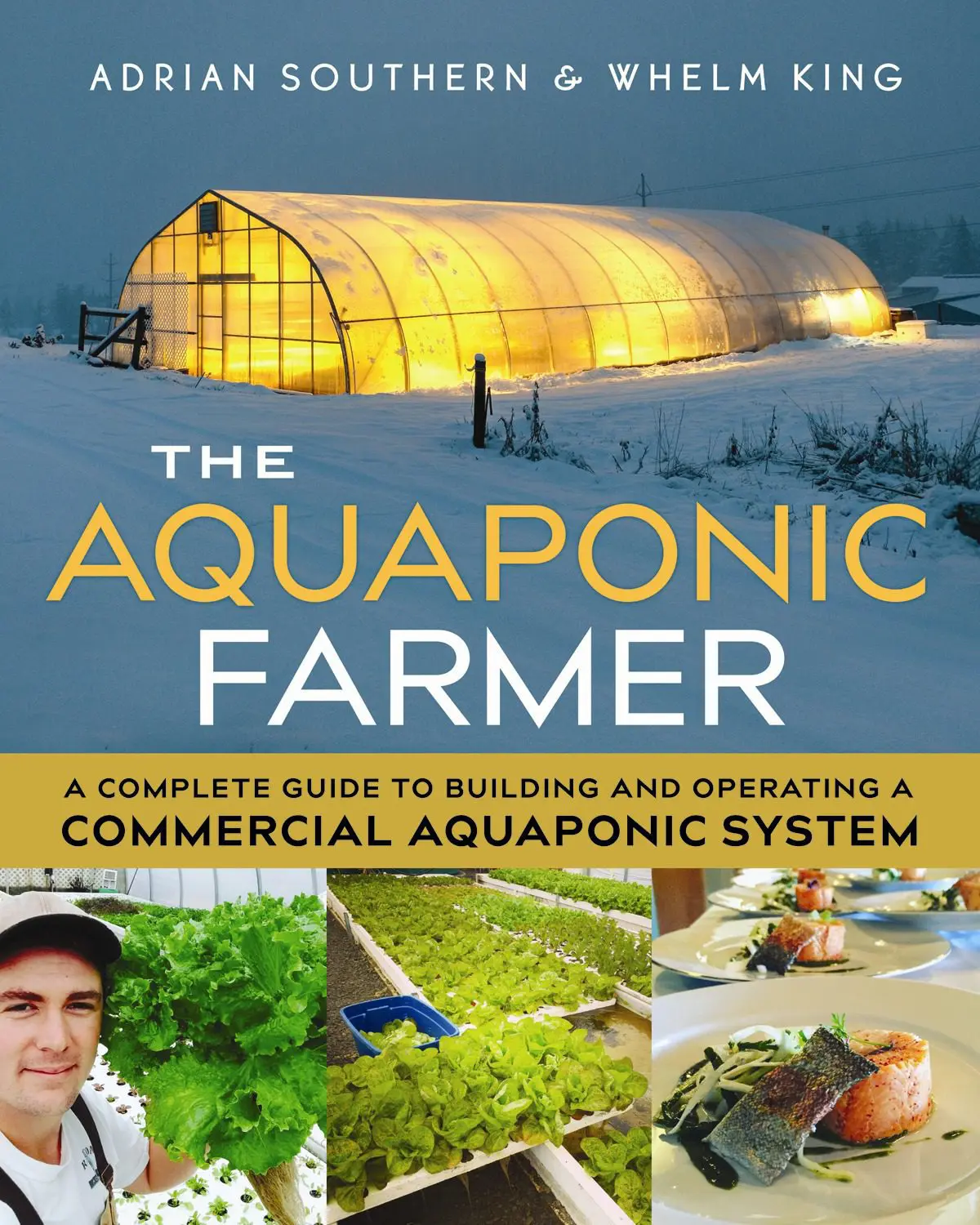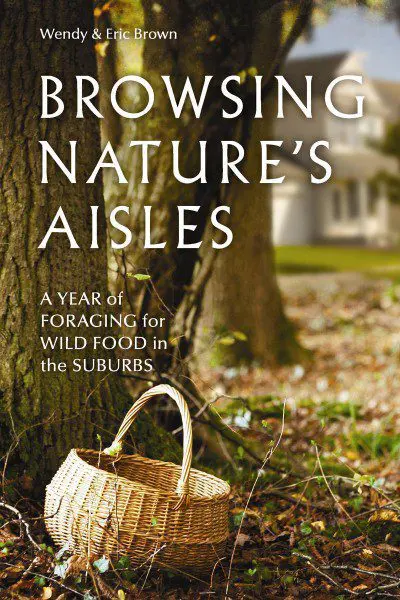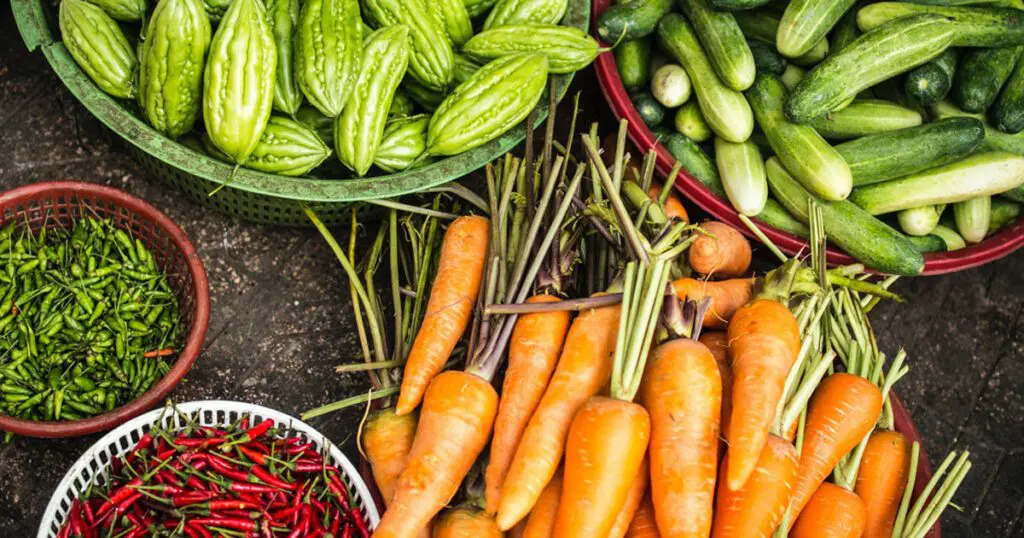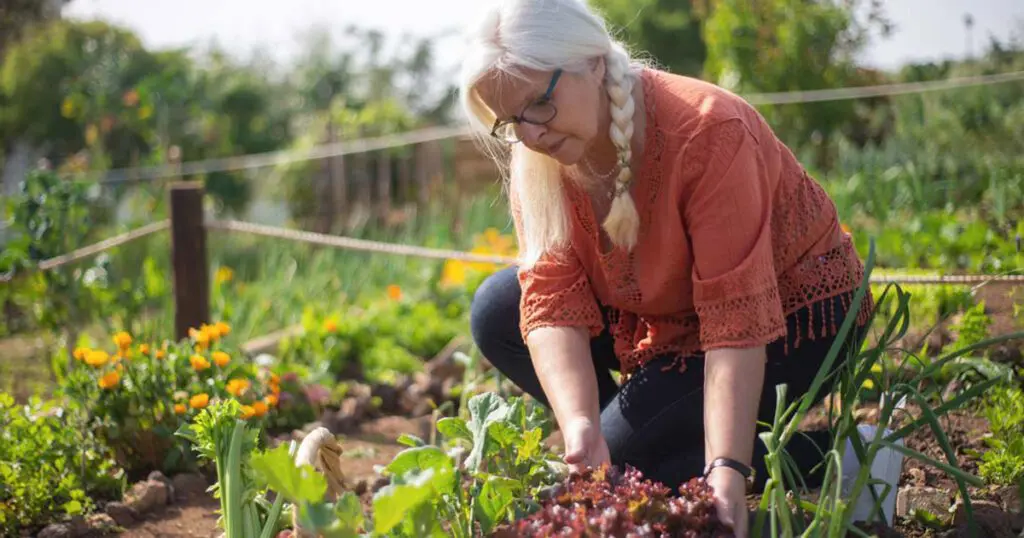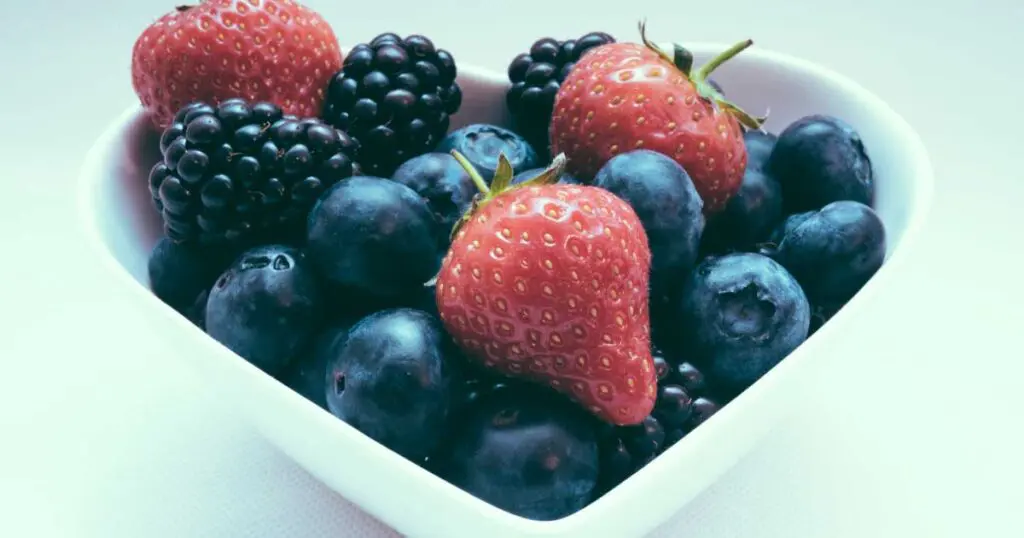
Whether you’re a new or seasoned gardener, adding perennial fruits to your garden can be a fantastic way to dramatically increase your harvests. And if you’re dreaming of harvesting fruits from your own trees or bushes, mastering essential practices such as pruning, pollination, harvesting, and pest management is key. In this excerpt from Backyard Bounty: The Complete Guide to Year-Round Organic Gardening in the Pacific Northwest, author Linda Gilkeson sheds light on the art of growing apples, offering invaluable insights for both novice and seasoned gardeners alike.
From Chapter 11: A to Z Fruit
All fruit trees and bushes described below grow best in full sun and well-drained fertile soil. Unless stated otherwise (blueberries are the main exception), grow them in slightly acid soil (pH 6.5 to 6.8). To produce the best crop, fruit should be irrigated during summer dry periods. If possible, avoid using overhead sprinklers, which prolongs the length of time leaves are wet and thus susceptible to fungal diseases. Details on planting and pruning tree fruit, table grapes, figs, and kiwi are given in Chapter 6. Pest and disease problems are covered in greater detail in Chapter 9. For berries and cherries in particular, the biggest change since the first edition of this book has been the invasion by a new fruit pest in the region (spotted wing Drosophila). The need to protect fruit from this tiny fly may affect what you choose to grow and how you prune to make it possible to cover plants with insect netting.
Apples
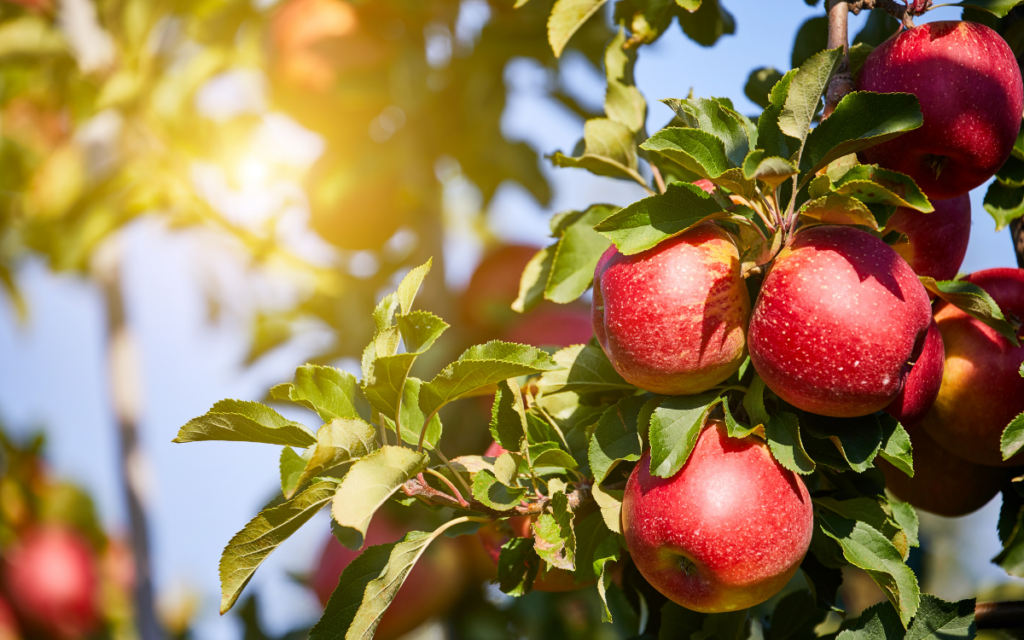
There are many apples varieties (thousands?), from favorite heritage varieties to recent selections. Named varieties of apple trees come from cuttings (called scions) grafted onto rootstock because apples are natural hybrids. They don’t come true from seeds, which means fruit of seedling trees differs from the parent tree. Many varieties are available on dwarfing rootstocks; these grow to 8 to 10 feet (2.5 to 3 m) high and about as wide, though with pruning can be kept smaller. Trees grafted onto an even more dwarfing rootstock, called M27, stay under 5 to 8 feet (2.5 m), which is ideal for small gardens. Semi-dwarf trees grow to about 12 to 15 feet (3.5 to 4.5 meters). Multi-graft trees have three or more varieties grafted onto one trunk and are almost always on dwarfing rootstock. Columnar apple varieties bear fruit along the trunk; the crop is small, but several can be planted close together for a small garden.
Culture:
Plant dwarf trees 10 to 12 feet (3 to 3.5 m) apart and that distance away from hedges and other landscape plants. Apples grafted on M27 rootstock can be planted just 3 to 6 feet (1 to 1.5 m) apart. Allow 15 feet (4.5 m) around semi-dwarf trees. Install at least two permanent support posts (three is better) for each dwarf tree, or espalier them against a wall or fence, making sure the bark doesn’t rub on the wires. When branches are heavy with fruit, they may also need temporary props to prevent breaking.
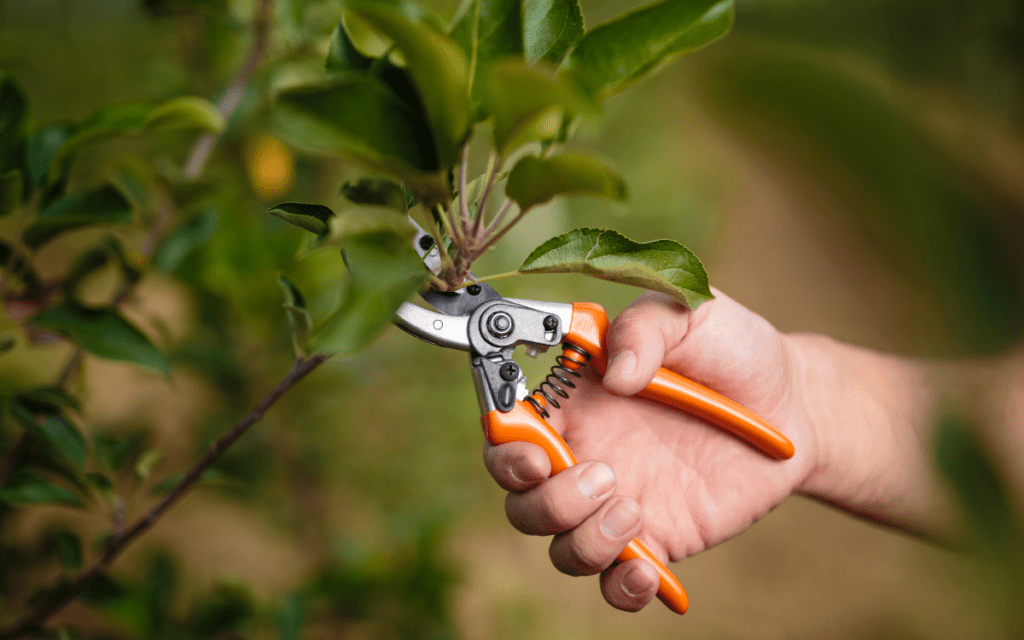
Pruning:
If you see shoots coming from the base of the tree, they are probably coming from below the graft. Cut them off, and pull away enough soil to make sure the graft union stays above ground. After the June drop, thin to one to two apples per cluster. In years with poor set, this won’t be necessary, but when there is a heavy crop, thinning is important to ensure a crop next year.
Pollination:
Nearly all apples must to be cross-pollinated by another variety (Yellow Transparent is partially self-fertile). If you don’t have much space, plant two dwarf trees on M27 rootstock or grow one dwarf multi-graft tree. Varieties on multi-graft trees will have been chosen to be compatible for pollination and blooming time. Gravenstein, Mutsu, Jonagold, and Winesap varieties won’t pollinate each other or other apples, but still need a cross-pollinator.
Harvest and storage:
When a few apples drop from the tree, it shows the crop is maturing. Ripe apples part easily from the twig with a gentle tug; not all fruit is ripe at once. Good storage varieties keep until May or longer in ideal conditions: 35° to 41°F (2° to 5°C) with high relative humidity. Store apples in loosely closed plastic bags or containers to keep humidity high, but allow a little air exchange. Don’t store apples with other fruit or potatoes because apples give off ethylene gas, which speeds up ripening (or sprouting) of other produce. Check regularly for signs of rot in stored apples.
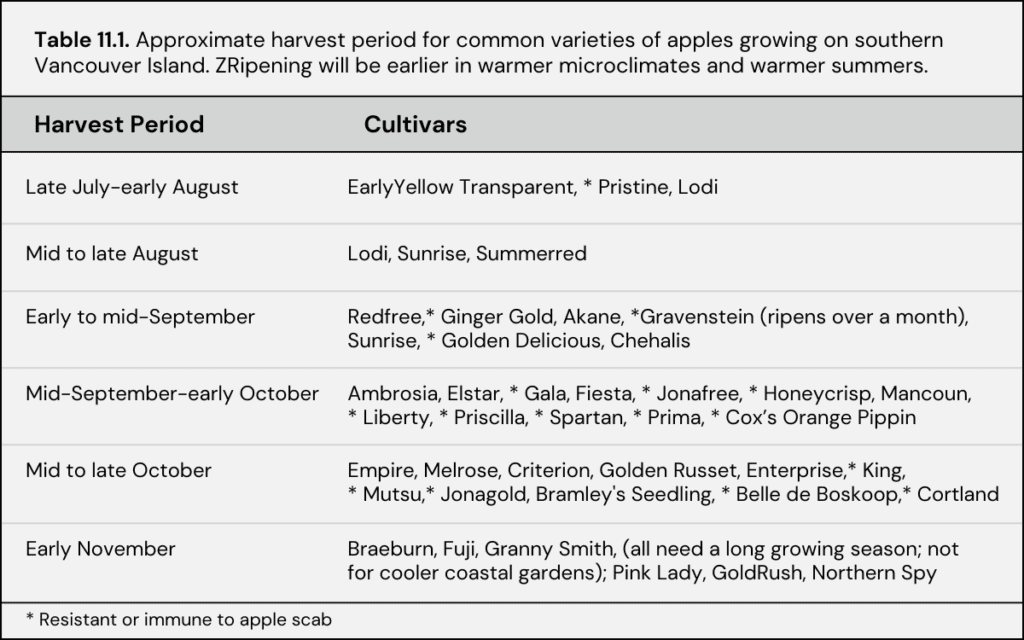
Varieties:
By choosing well, you can extend the harvest of fresh apples from late July to November if desired (see Table 11.1 for approximate harvest dates). Harvest dates vary by a couple of weeks either way from year to year, and it can take two to four weeks (e.g., Gravenstein) for all apples to ripen on a tree. Early apples don’t keep for long; however, varieties that ripen in late fall generally store well. Some very late varieties (e.g., Braeburn, Fuji, Granny Smith) don’t always ripen fully in cool years or in cooler microclimates on the coast. Cox’s Orange Pippin, MacIntosh, Pink Lady, and Gala are so susceptible to apple scab they make poor choices for coastal growers.
Pests:
Apple Maggot; Codling Moth; Leafrollers; Apple Scab; Powdery Mildew; European Canker.


